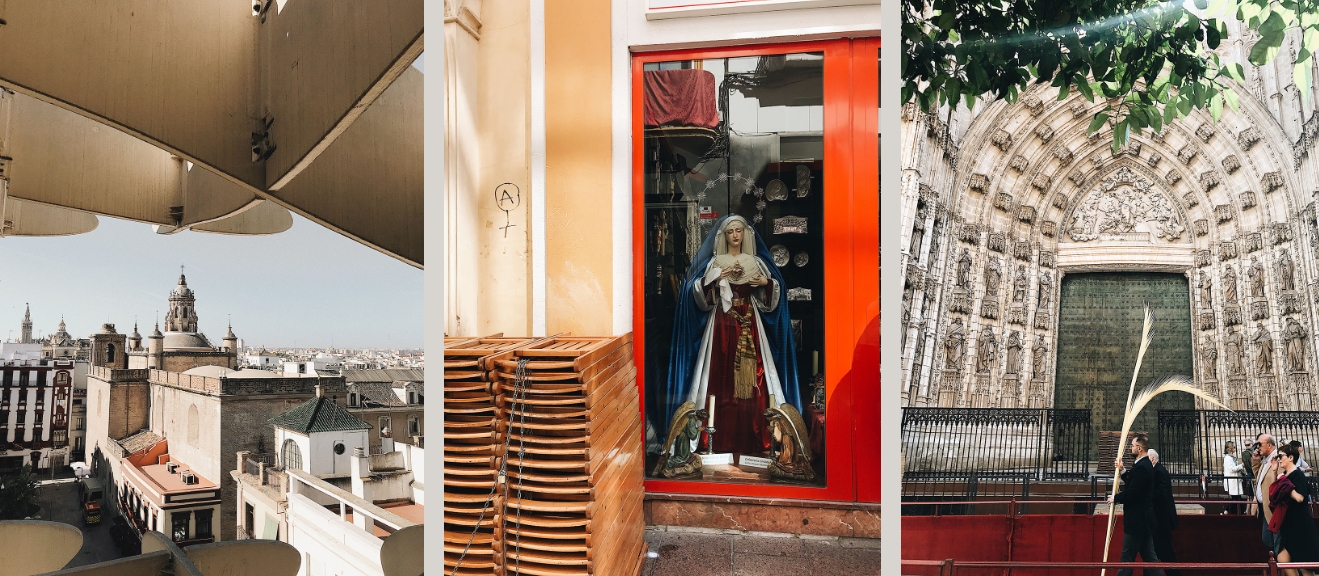As the name of the Seven Peaks club suggests, entry requires conquering the highest points of all continents, but there are disagreements in determining what is considered the highest point of the continent of Australia. A similar situation exists in determining the borders of Europe and Asia, respectively, Elbrus and Mont Blanc are also considered part of different programs. Today, there are two versions of the seven peaks program: a program with Kosciuszko peak and a program with Mount Jaya. The main variant of the seven peaks program is the option with Mount Jaya, but we will look at all nine peaks that are one way or another included in the variations of the “Seven Peaks” program. Some of them will succumb to the child, but there are those who will challenge this. What kind of peaks are where they are, what dangers climbers expect and will be discussed. Mount Kosciuszko (2228 meters) Kosciuszko is the highest peak of the Australian continent.
Located in the south of New South Wales, near the border with the state of Victoria in the eponymous national park. In 1840, traveling around Australia, the Pole Edmund Strzelecki became the first to explore this area, “conquered” 2228-meter mountain. Previously, the mountain was called Townsend, and the name Kosciuszko belonged to a neighboring peak, then considered the highest in the Australian Alps. Later, studies revealed that Townsend was still 20 meters higher, and out of respect for the Strzalecki authorities changed the name of the two mountains in places so that the highest one would still be called Kosciuszko. By the way, the locals do not pronounce this name, so in Australia it is useless to ask “how to get to Mount Kosciuszko?” Understand only if pronounced as “Koziosko.” Professional climbers say that in the Australian Alps, everything is quite simple. The top is one of the most equipped. Here trails are laid, if you want – run, if you want – jump, if you want – ride a bicycle. At an altitude of 2000 meters, there is enough oxygen in the air, although it is a bit dry. Kosciuszko is almost the only place on the whole continent where you can touch the snow. The mountain is the coldest place in Australia, the snow there lies almost all year round. There are many routes to the top, but they are all about the same in complexity. Although experienced mountain travelers argue over whether Kosciuszko should be removed from the list of seven great world peaks, the panorama from the roof of Australia offers stunning views. Getting to Kosciuszko is not difficult, but rather costly: flying to Sydney or Melbourne. There are no direct flights to Australia, so you have to fly with a transfer at some major airport: Dubai, Singapore, Kuala Lumpur, Bangkok or Shanghai. Also fly through Japan. A lot of options. Then drive to Charlotte Pass. In technical terms, climbing Kosciuszko is not particularly difficult, 80-year-old pensioners and children will be able to climb the mountain. Jaya (4884 meters) Jaya is a mountain in the Maoke massif on the edge of New Guinea. It is located in the western part of Indonesia, in the province of Papua. Jaya is the highest point of Oceania, located on the Australian plate. It is the highest mountain in the world located on the island. In 1623, the Dutch explorer Jan Carstens discovered the mountain for Europe. She was named after her pioneer, and in 1965 renamed in honor of the President of Indonesia by the name of Sukarno. By 1969, the mountain acquired its modern name — translated from Indonesian Jaya means “Victory”.
Today, climbing Mount Punchak Jaya is popular with tourists, but it is an expensive event. The reason is the need to obtain permission from the Indonesian government and spending on air travel. Not far from the top is the Grasberg deposit, where the world’s largest gold mine and the third largest quarry for the extraction of copper and silver are located. About 20 thousand people work there, the territory is closed to tourists and it is guarded by the military. Until 2005, climbers were not allowed on the mountain, and only in 2006, some travel agencies began to lay climbing routes upstairs. The optimal time for climbing Mount Punchak-Jaya is considered to be the period from February to November. It should be remembered that obtaining permission from the Indonesian government can drag on for several months, although a visa to Indonesia is not required for Russian citizens. On the way to the highest point, you do not need to organize intermediate camps or conduct complex acclimatization. You can conquer Punchak Jaya in a day. Although there are several glaciers on the mountain, the route runs along trails, stone placers, and rocks. Most travelers enter the Carstens base camp by helicopter (4200 meters), while some prefer a three-four-day trek through the jungle. For tourists, the passage of rainforests turns into an adventure.
These forests are one of the wettest places on the planet, and in the jungle it rains almost year-round. There are no good paths here, so due to humidity almost all the way, the legs get stuck in a mud-like slush. Despite the hardships, on the walking route through the jungle there are exotic plants, and, with luck, animals. But most climbers prefer to “skip” the jungle trek and begin climbing from the camp. Punchak Jaya is one of the most difficult climbing routes. He was assigned the highest technical rating, although the physical requirements are not great. Vinson Massif (4892 meters) Vinson Massif – the highest mountains of Antarctica. Located 1200 kilometers from the South Pole and are part of the Elsuert Mountains. The massif is 21 kilometers long and 13 kilometers wide. The existence of the massif became known only in 1957, when it was discovered by American aircraft. He was later named the Vinson Massif in honor of Carl Vinson, the famous American politician. He was a US Congressman from the state of Georgia and struggled for many years to fund Antarctic research. By the way, the aviator, who first saw the mountain range, also bore the name Vinson. Antarctica is the highest continent on the planet. The average height of the surface of Antarctica is more than two kilometers above sea level, and in the center of the continent and the average height goes to sky-high distances – up to four thousand meters, almost twice exceeding the highest point of Australia – Mount Kosciusko. The highest among the highest is the Vinson peak in the Vinson massif of the same name in the Ellsworth Mountains. He goes into the sky at almost 4900 meters. Mount Vinson is a long, cold climb to nowhere, located at the bottom of the globe. Despite the fact that technically climbing it is not difficult, it is very cold and windy, and it is high enough to feel a lack of oxygen. Is there free 50-60 thousand dollars?
Welcome to the Chilean city of Punta Arenas – from here begins the road to Antarctica. 5-6 hours by plane to the village of Patriot Hills, from here to the base camp at the foot of the peak. Then up – in the round-the-clock sun in the summer at a temperature of 40 ° C, but not in heat, but in frost, along the slopes blown by stunning winds. The sun and the wind are doing their job: Vinson is melting. At the end of the fifties 5140 meters of height were measured there, but the latest measurements do not show more than 4892. And down – as you like: Japanese Yuchiro Miura, for example, went down from Vinson peak on skis, American Stephen Koch on a snowboard, and another American Vernon Tejes on a paraglider. Mont Blanc (4810 meters) Mont Blanc is the highest point in Europe, subject to the border of Europe and Asia along the northern border of the Caucasus. Located in the Western Alps on the border of France and Italy in the Upper Savoy and Courmayeur areas. The highest point of the Alps and Europe, excluding the Caucasus peaks. The first mention of climbing Mont Blanc is dated August 8, 1786. It was initiated by Horace Benedict Saussure, who instituted a prize for those who are exploring the method of ascent. This was achieved by travelers Jacques Balm and Dr. Michelle Packard.
The first woman to conquer the peak was Maria Paradis in 1808. In 1886, future US President Theodore Roosevelt also led an ascent expedition during his honeymoon. This mountain range is located on the territory of three countries at once – Switzerland, Italy and France, but it belongs to the latter. In the French Alps, among the harsh snow-white peaks, it will be difficult, as warned by all travel agencies organizing ascents to the summit. The climb itself will take six days. Climbing is desirable, but Mont Blanc also submits to brave romantics in good physical shape. Moreover, the climb is organized by professionals, in each round all risks are calculated and an acclimatization program is developed. For example, the first exit is short – about four hours to a mark of 2000 meters above sea level. Before climbing Mont Blanc, climbers advise going to the climbing wall, running an hour three times a week, or cycling intensively. Elbrus (5642 meters) Elbrus is the highest mountain peak in Russia and Europe (when drawing the border of Europe and Asia along the Main Caucasus Range or to the south), which is included in the list of the highest peaks of the world “Seven Peaks”.
The meltwater of glaciers flowing from its slopes feeds some of the largest rivers in the North Caucasus: the Kuban, Malku and Baksan. Due to the well-developed transport and related infrastructure, Elbrus and the surrounding areas are very popular in recreational, sports, tourist and mountaineering. Despite the relatively optimal climbing routes to the peaks of Elbrus, on the way there annually, according to various estimates, from fifteen to twenty people die, which makes up about 80% of all accidents in the Elbrus region. Among the dead and injured are not only amateur tourists (the so-called “wild tourists”), but also experienced athletes with mountain experience. The main objective dangers on the climbing routes (there are about ten of them) are numerous glacial cracks, weather conditions – due to the location and dominant position, the weather on Elbrus can deteriorate in a matter of hours. Along with a decrease in visibility and a sharp drop in temperature (nominal and sensible), this leads to a loss of orientation and hypothermia, as well as to possible dehydration, poor health and loss of concentration. Kilimanjaro (5895 meters) The name of the mountain originates from the Swahili language and, presumably, means “the mountain that sparkles”, and from 1902 to 1918 it was called the Kaiser Wilhelm Summit. Kilimanjaro rises above the Masai Plateau, which is located at an altitude of 900 meters above sea level.

